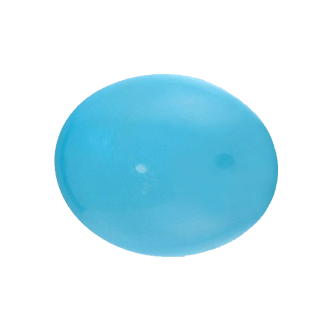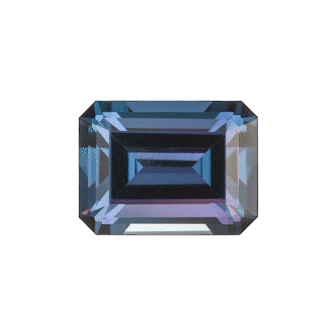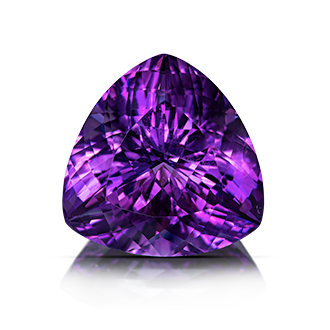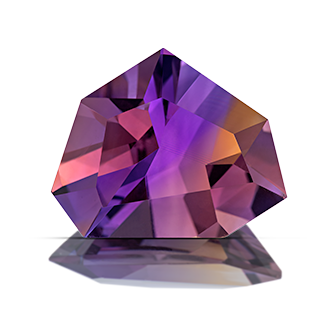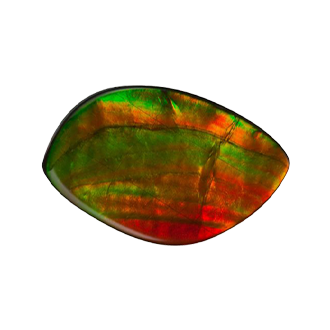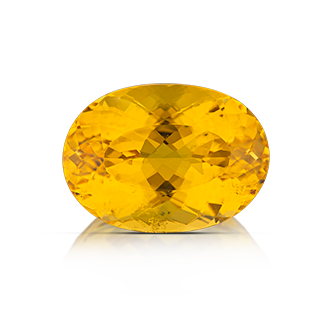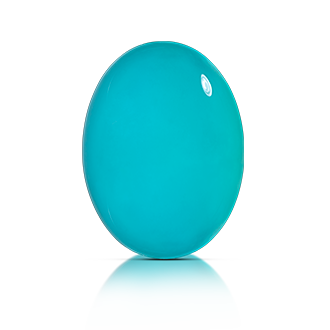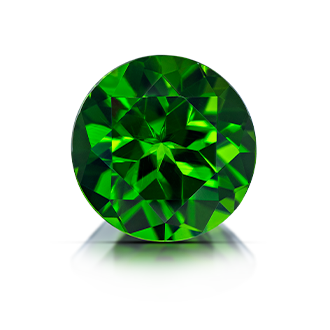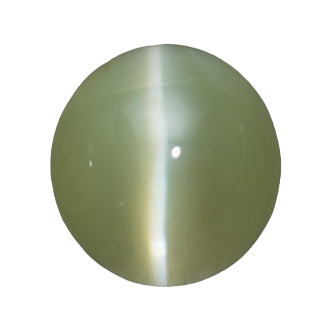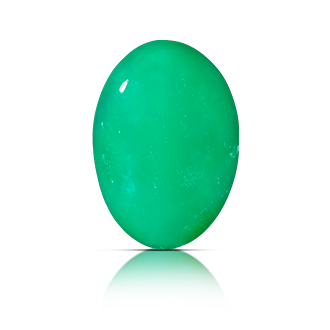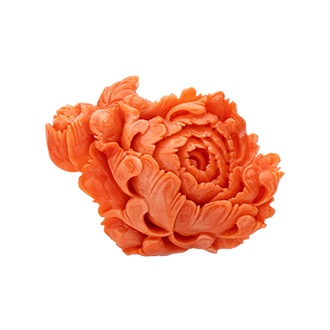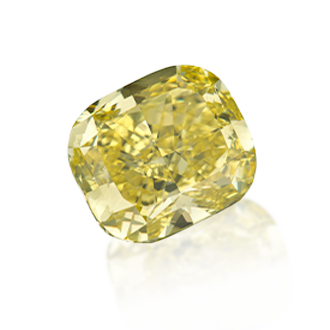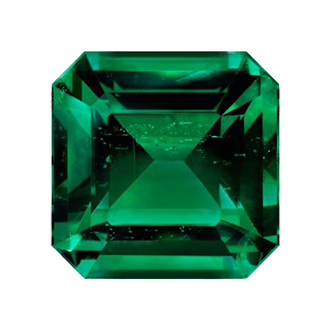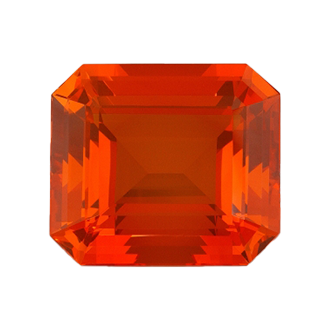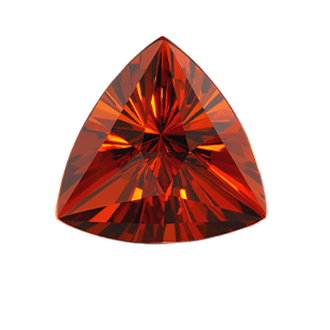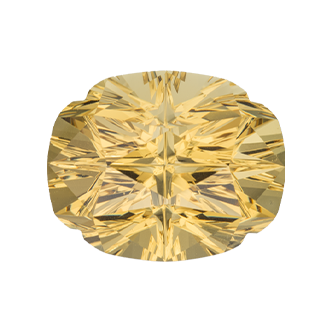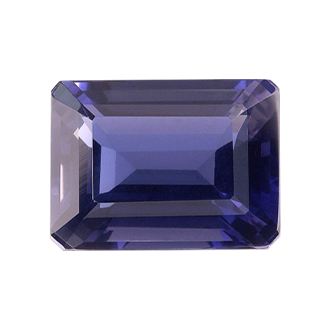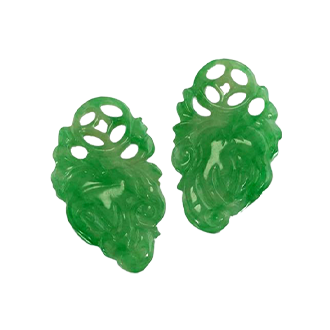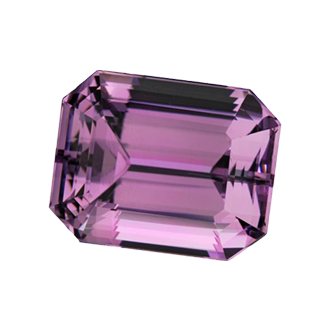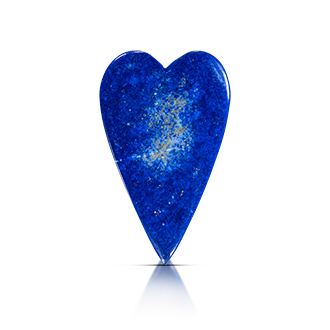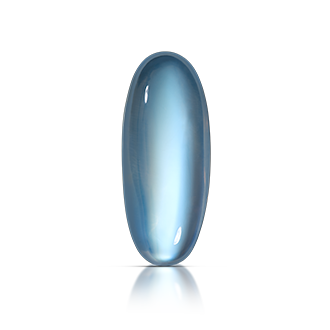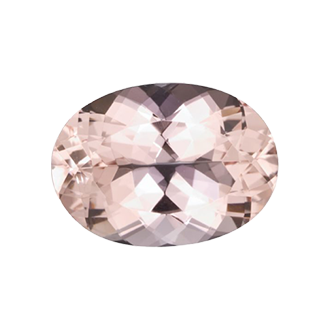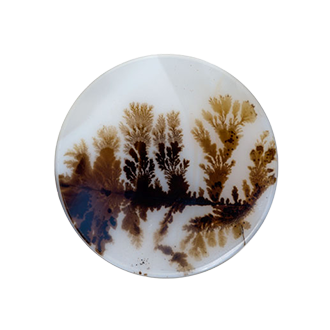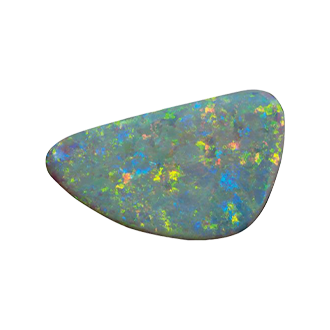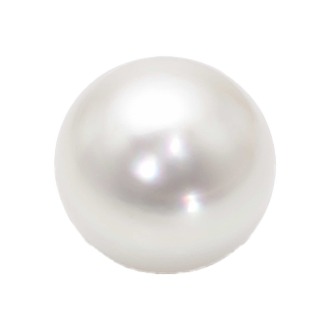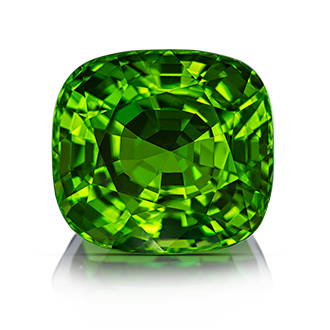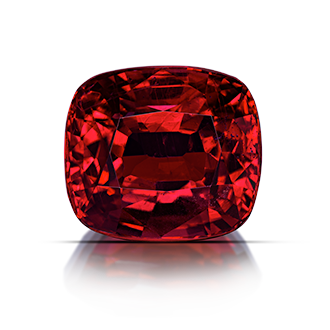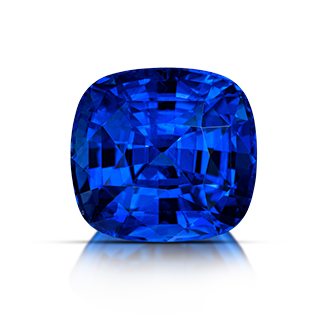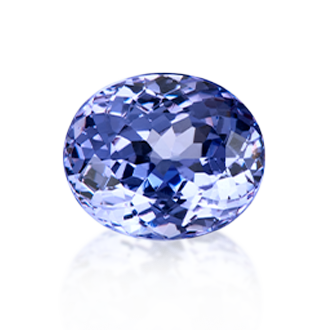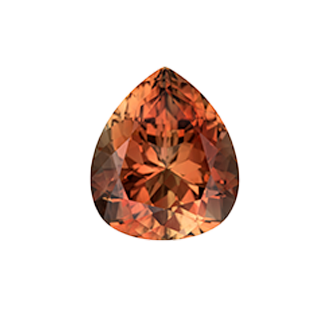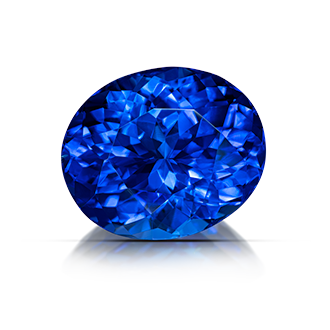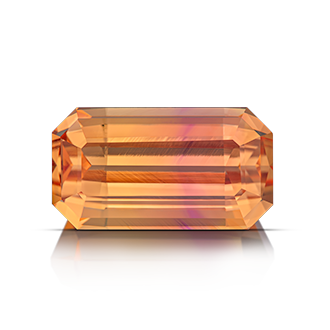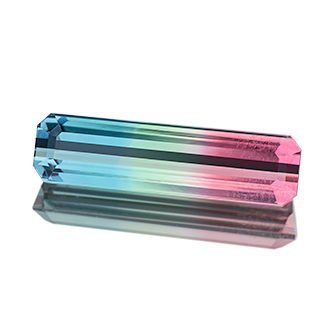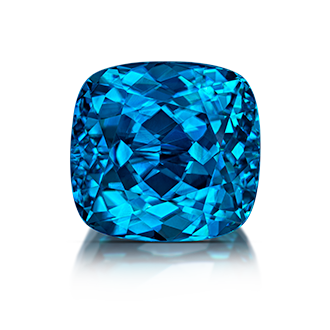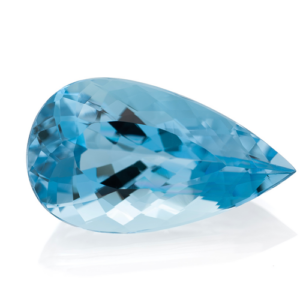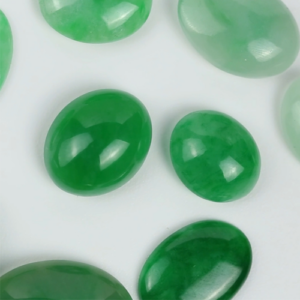Properties
| Family | Turquoise |
| Chemistry | CuAl6(PO4)4(OH)8 • 4H2O |
| Refractive Index | 1.610 - 1.650 |
| Birefringence | .040 |
| Specific Gravity | 2.31 - 2.84 |
| Hardness | 5 - 6 (Moh's Scale) |
| Color Range | Sky blue, blue-green, apple-green |
Romance, History & Lore
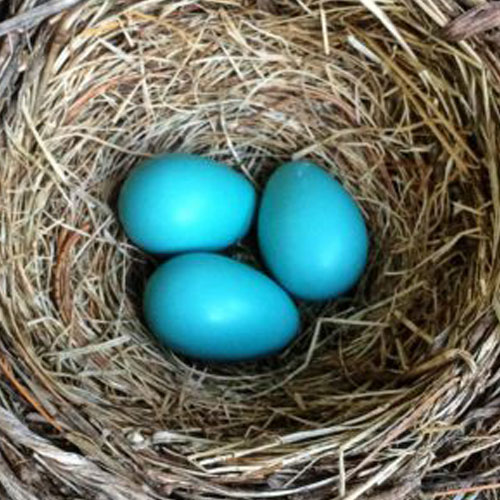
Strikingly opaque and robin’s-egg blue, turquoise has been prized since 3,200 BC. Held in high regard by many cultures, turquoise is believed to promote wealth, luck and healing, as well as protection from evil.
Origins
Turquoise is a lovely blue stone that ranges from light, bright blue to deep blue-green. It may contain narrow veins of other materials, which are usually black, brown, or yellowish-brown in color. Known as the matrix, these veins sometimes form an intricate pattern called a spider web. Stones that display an unblemished, intense blue color are considered of highest quality.

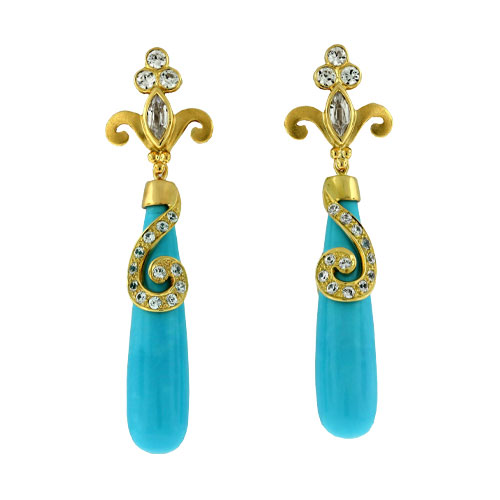
Care
Special care is required for turquoise, whether or not it is enhanced. Turquoise is a porous gemstone that can absorb anything it touches; avoid contact with cosmetics, perfumes, skin oil, acids, and other chemicals. Avoid dehydrating it or exposing it to prolonged heat. As with all fine jewelry, turquoise should be removed before sleeping.
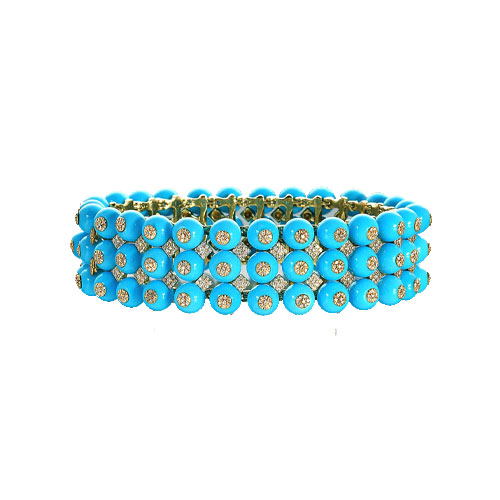
Selecting a Gemstone
To improve its color and durability, turquoise is often permeated with plastic—a reliable and stable enhancement. It can also be treated with colorless oil or wax, though these are considered less stable than plastic. Some turquoise is dyed to improve its color, but this occurs rarely, as it is an unstable enhancement.

